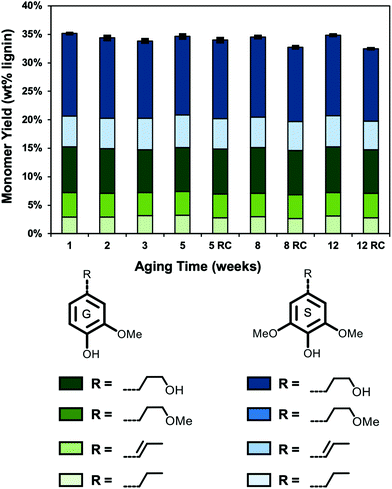 Open Access Article
Open Access ArticleCreative Commons Attribution 3.0 Unported Licence
Correction: Flow-through solvolysis enables production of native-like lignin from biomass
David G.
Brandner
a,
Jacob S.
Kruger
a,
Nicholas E.
Thornburg
a,
Gregory G.
Facas
a,
Jacob K.
Kenny
ab,
Reagan J.
Dreiling
a,
Ana Rita C.
Morais
a,
Tom
Renders
ac,
Nicholas S.
Cleveland
a,
Renee M.
Happs
a,
Rui
Katahira
a,
Todd B.
Vinzant
a,
Daniel G.
Wilcox
a,
Yuriy
Román-Leshkov
*d and
Gregg T.
Beckham
*ab
aRenewable Resources and Enabling Sciences Center, National Renewable Energy Laboratory, Golden, CO 80401, USA. E-mail: gregg.beckham@nrel.gov
bCenter for Bioenergy Innovation, Oak Ridge National Laboratory, Oak Ridge, TN, USA
cCenter for Sustainable Catalysis and Engineering, KU Leuven, Heverlee, Belgium
dDepartment of Chemical Engineering, Massachusetts Institute of Technology, Cambridge, MA, USA. E-mail: yroman@mit.edu
First published on 30th November 2021
Abstract
Correction for ‘Flow-through solvolysis enables production of native-like lignin from biomass’ by David G. Brandner et al., Green Chem., 2021, 23, 5437–5441, DOI: 10.1039/D1GC01591E.
The originally published figures had the first and second R-group structures in Fig. 2 and 4 transposed, such that the propyl alcohol and methoxy propyl groups were switched. The corrected figures indicating the correct R-group structures are as follows:
The Royal Society of Chemistry apologises for these errors and any consequent inconvenience to authors and readers.
| This journal is © The Royal Society of Chemistry 2021 |


